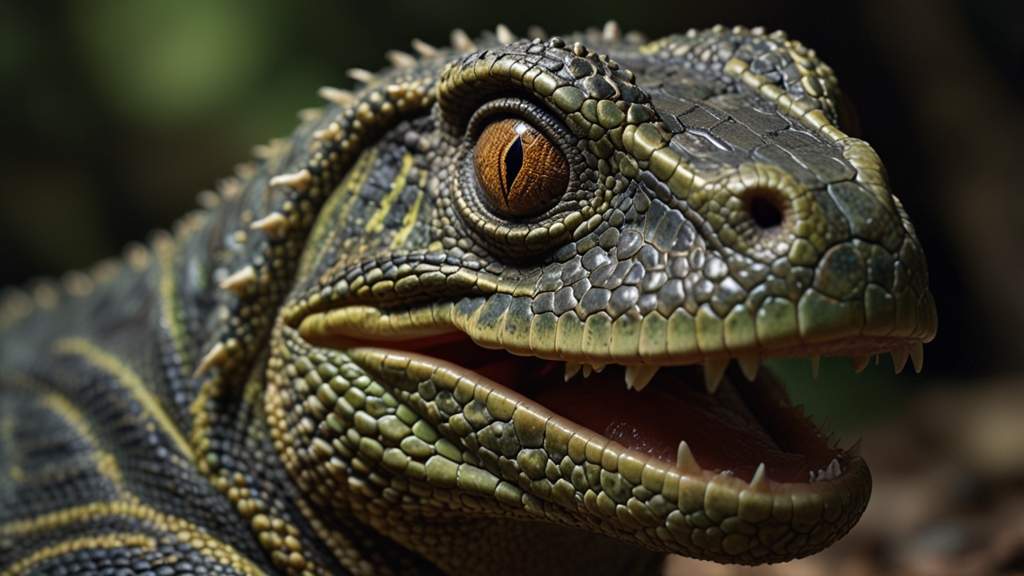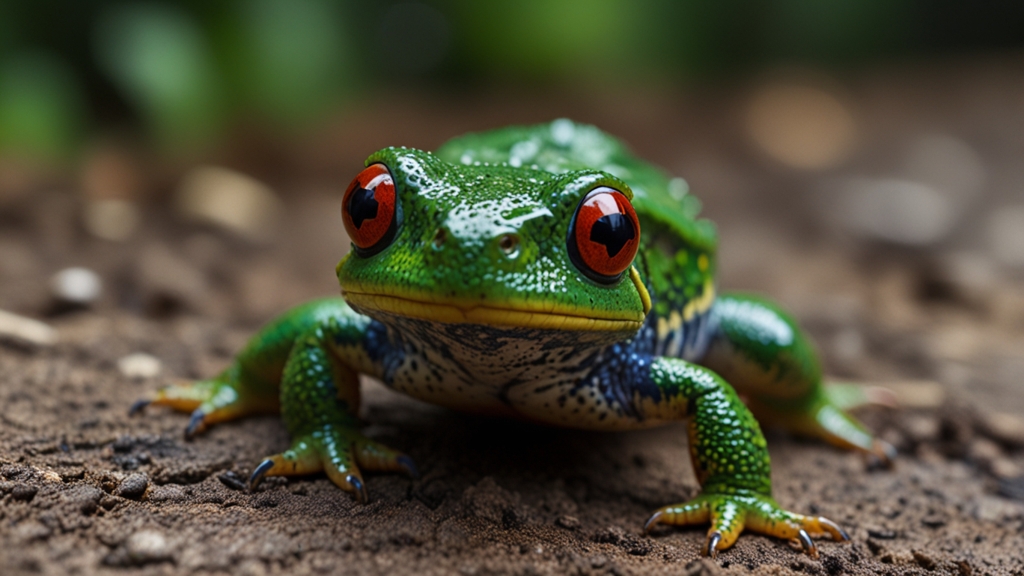Reptile Myths Debunked: What We Get Wrong About These Creatures
Reptiles have always fascinated and frightened humanity in equal measure. Stories and myths about these cold-blooded creatures have circulated for centuries, perpetuating misunderstandings and fostering undue fear. In this article, we aim to debunk some of the most pervasive myths about reptiles and shed light on the truths that make these creatures truly remarkable.
Myth 1: All Reptiles Are Dangerous
Many people believe that all reptiles are inherently dangerous and should be avoided at all costs. While it's true that some reptiles are venomous or have a powerful bite, not all reptiles pose a threat to humans. For instance, tortoises, which are reptiles, are generally docile and harmless. Similarly, many snake species are non-venomous and more likely to flee than to fight when confronted by humans.
"Reptiles, much like any other group of animals, vary widely in their behavior and potential danger to humans. The key is understanding which species to be cautious around and which are benign." - Dr. Sarah Collins, Herpetologist
Myth 2: Reptiles Are Slimy
Another common misconception is that reptiles are slimy to the touch. This myth likely stems from their association with amphibians, many of which do have moist skin. However, reptiles have dry, scaly skin. These scales serve multiple purposes, including protection and moisture retention, allowing reptiles to thrive in a variety of environments.
In fact, the scales of reptiles are quite fascinating. They are made of keratin—the same substance that makes up human fingernails and hair. These scales can come in an array of colors and patterns, making reptiles some of the most visually stunning creatures on Earth.
Myth 3: Reptiles Are Primitive and Unintelligent
Reptiles are often thought of as primitive and low on the intelligence scale compared to mammals or birds. This couldn’t be further from the truth. Many reptiles exhibit complex behaviors and problem-solving skills. For example, some lizard species use tools, and crocodiles have been observed using sticks to lure birds during nesting season.
"Reptiles possess a level of behavioral sophistication that rival that of many mammals. Observing their interactions with their environment can be a fascinating study in animal intelligence." - Prof. James Allen, Ethologist
Myth 4: Reptiles Are Indifferent Parent
The notion that reptiles do not care for their young is another widespread myth. While it's true that many reptile species lay eggs and leave them to hatch on their own, there are several exceptions. For instance, alligators and crocodiles are known for their attentive parenting, often guarding their nests and helping their young reach the water safely after hatching. Certain snake species, like pythons, exhibit maternal behaviors such as coiling around their eggs to protect and incubate them.
Myth 5: Reptiles Are Vicious Predators
Though some reptiles are indeed apex predators, the majority are not the vicious hunters they're often portrayed as in media. Many reptiles are omnivores or herbivores, and even the carnivorous ones tend to hunt only when necessary. For example, geckos and chameleons primarily feed on insects, posing no threat to humans whatsoever.
"The predatory behavior of reptiles is often exaggerated. In reality, their hunting methods are usually efficient and calculated, aimed at survival rather than gratuitous violence." - Dr. Emily Thompson, Wildlife Biologist
In conclusion, reptiles are a diverse and misunderstood group of animals. By dispelling these myths, we hope to foster a greater appreciation for these fascinating creatures. Education and understanding are crucial in overcoming irrational fears and ensuring that reptiles are respected and protected in their natural habitats.









